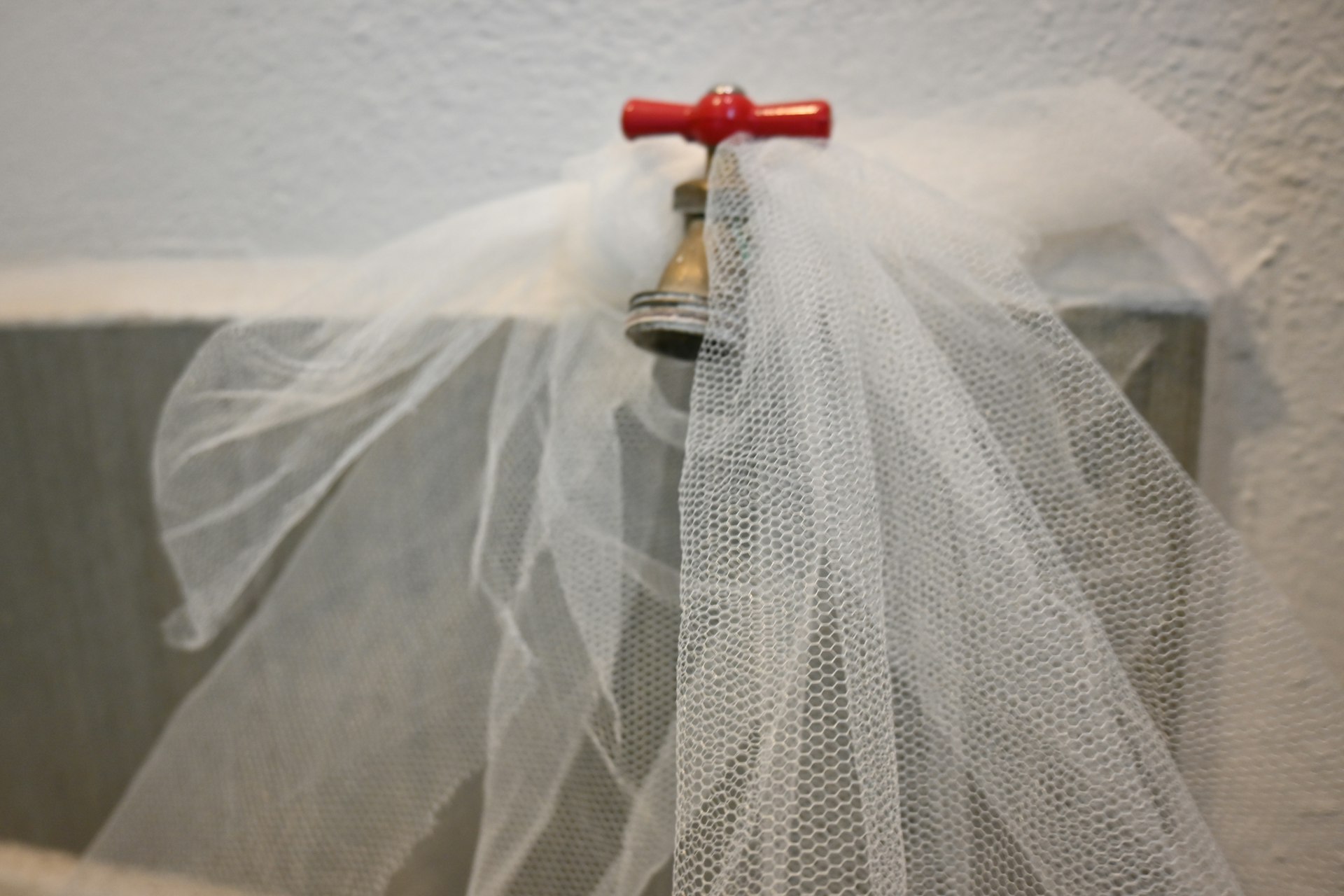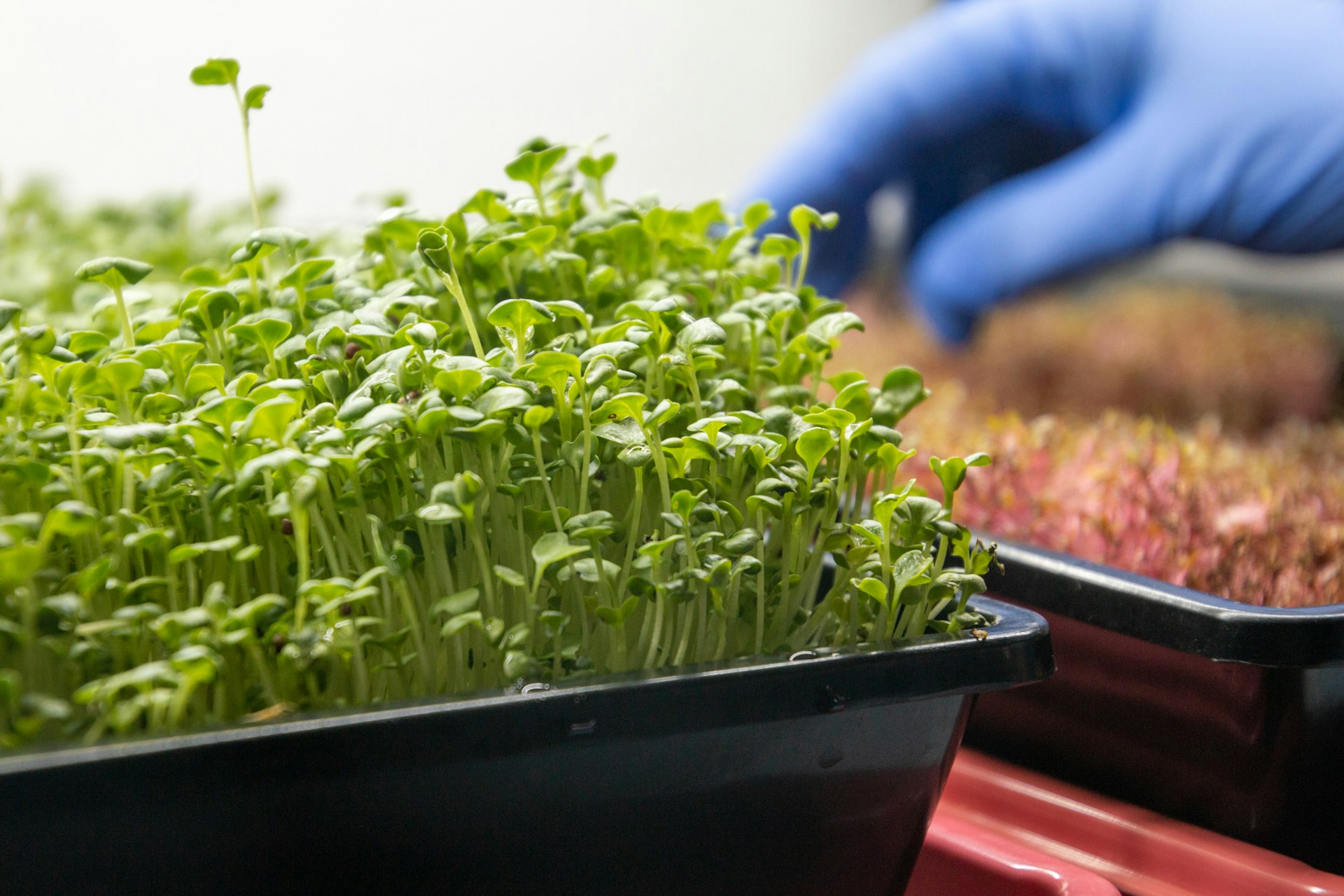Companion Planting Strategies: Boost Your Home Garden’s Health and Productivity

Photo by Claude Laprise on Unsplash
Introduction to Companion Planting
Companion planting is the practice of growing different plant species near each other so they can benefit one another. This time-tested gardening method can lead to healthier plants, fewer pests, and increased harvests. For home gardeners seeking to maximize their yields naturally, understanding companion planting strategies is essential. This comprehensive guide will walk you through the science, practical steps, and real-world examples of companion planting, all based on proven methods and verified expert advice.
How Companion Planting Works
The core principle of companion planting is that some plants can help each other by deterring pests, attracting beneficial insects, enhancing growth, or providing structural support. For example, certain herbs can repel insect pests that target vegetables, while flowering plants can draw in pollinators critical for fruit set. These relationships are not random; they are based on observations and research into plant biology and garden ecology [3] .
Benefits of companion planting include:
- Natural pest control through repellent or trap crops
- Improved pollination and higher yields
- Better use of garden space and resources
- Reduced reliance on chemical pesticides
Scientific studies and long-time gardeners agree that well-planned plant partnerships contribute to a more resilient, productive garden ecosystem [3] .
Popular Companion Plant Pairings and Their Benefits
For home gardeners, focusing on a few key plant pairings can yield significant results. Here are some of the most effective, science-backed combinations:
Tomatoes and Basil
Planting basil near tomatoes is a classic example. Basil not only enhances the flavor of tomatoes but can also help repel pests such as flies and mosquitoes. Marigolds are another excellent companion, deterring nematodes and other soil-borne pests. These combinations have been used for generations and are supported by both tradition and modern garden trials [4] . When planting, place basil at the ends of tomato beds or around the perimeter for best results [2] .
Three Sisters: Corn, Beans, and Squash
The “Three Sisters” is a traditional Native American method where corn provides a natural trellis for beans, beans fix nitrogen in the soil for the benefit of all three, and squash spreads along the ground, suppressing weeds and retaining soil moisture. This system can be adapted for home gardens by planting corn in a block, sowing beans at the base to climb the stalks, and interplanting squash around the edges [3] .
Cabbage and Aromatic Herbs
Cabbage benefits greatly from being planted with aromatic herbs such as sage, chamomile, and dill. These herbs repel cabbage moths, flea beetles, and other pests, while attracting beneficial insects that predate on cabbage-eating larvae. Nasturtiums can also be added to deter aphids and beetles. When planning your cabbage patch, position these herbs around or interspersed with your brassicas for maximum effect [1] .
Broccoli and Calendula
Broccoli thrives when paired with calendula, an edible flower that attracts pollinators and beneficial insects such as ladybugs. Ladybugs prey on aphids, a common broccoli pest. Oregano and geranium also work well, providing insecticidal properties and deterring cabbage worms. For best results, plant calendula and herbs on the borders or between rows of broccoli [1] .
Peppers and Borage
Borage is a lesser-known companion that can help peppers by repelling pests like tomato hornworms while attracting pollinators. Its blue flowers are also edible and add visual interest to the garden. Plant borage near your pepper plants, ensuring they have enough space to grow without crowding each other [2] .
Designing Your Garden: Step-by-Step Companion Planting Strategies
Implementing companion planting requires thoughtful planning. Here’s how you can get started:

Photo by Markus Winkler on Unsplash
- Group Plants by Family and Purpose: Start by sorting your crops into families (e.g., nightshades, brassicas, legumes) and consider their needs and vulnerabilities. This helps prevent disease transmission and simplifies crop rotation [5] .
- Pair Complementary Plants: Choose plant combinations based on their known benefits. Use companion planting charts as a reference, but adapt to your specific garden layout and climate [1] .
- Plan for Succession and Rotation: Rotate plant families each season to minimize pest and disease buildup. For example, follow tomatoes with beans, then move tomatoes to a different bed the next year [5] .
- Incorporate Pollinator Plants and Trap Crops: Add pollinator-friendly flowers such as calendula or nasturtiums throughout your beds. Use trap crops like radishes to lure pests away from more valuable crops.
- Monitor and Adjust: Observe your garden’s performance and adjust pairings as needed. Keep notes each season to refine your strategy.
Creating “neighborhoods” of compatible plants can simplify your design. For example, you might dedicate one bed to tomatoes, basil, and marigolds, while another hosts cabbage, chamomile, and sage [5] .
Challenges and Solutions in Companion Planting
While companion planting offers many benefits, it’s important to be aware of potential challenges. Some combinations that work in one climate may not perform as well in another due to differences in pest populations or growing conditions. Additionally, not all companion planting advice is based on science; some is anecdotal. To address these issues:
- Start Small: Test a few combinations each season before expanding.
- Consult Reliable Sources: Use resources from established gardening organizations and university extension services.
- Keep Records: Track what works (and what doesn’t) in your own garden for future reference.
For further, regionally specific advice, consider consulting your local university cooperative extension office. These offices typically provide free or low-cost gardening resources and can help tailor strategies to your local environment.
Alternative Approaches and Long-term Success
If companion planting seems overwhelming, another approach is to group crops by their basic needs-sun, water, soil pH-and then fine-tune with companion planting as you gain experience. Raised bed and container gardening are also compatible with companion strategies, allowing you to experiment on a smaller scale before committing to larger plantings [5] .
Many home gardeners find success by using simple, printed companion planting charts that can be referenced in the garden. Creating your own index cards or notes for each crop can make it easier to remember which plants work well together and which do not. Over time, your garden will become more self-sustaining, with fewer pest problems and richer harvests.
Accessing Expert Resources and Next Steps
To deepen your understanding of companion planting and access regionally specific advice, you can:
- Search for “companion planting chart” from reputable gardening organizations such as university extension programs or the Farmers’ Almanac .
- Contact your local cooperative extension office for free guides and personalized advice. Search online for “your county + cooperative extension” to find contact information.
- Join community gardening groups or forums to share experiences and learn from others.
-
Consider reading books like
Plant Partners
by Jessica Walliser, which provide in-depth, science-based explanations of companion planting [3] .
If you’re ready to implement companion planting in your home garden, start with a small bed or container, select two or three proven pairings, and adjust as you gain experience. Remember, every garden is unique, and what works best will depend on your site, climate, and preferences.
References
- [1] Azure Farm Life (2025). Companion Planting Chart and Strategies.
- [2] YouTube (2025). Companion Planting 101 – Video Tutorial.
- [3] Joe Gardener (2020). Companion Planting Based on Science.
- [4] Farmers’ Almanac (2025). Companion Planting Guide.
- [5] Runamuk Acres (2014). Companion Planting Made Easy.
MORE FROM hotondeals.com













